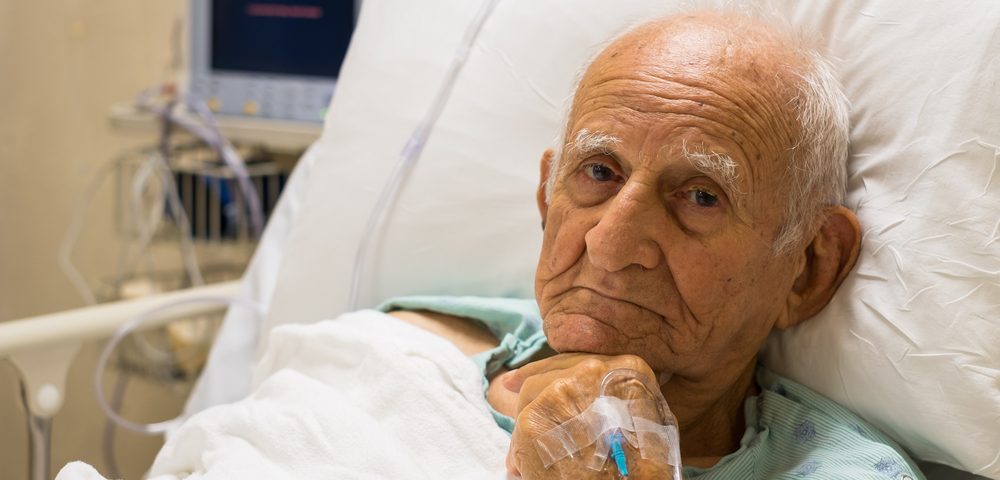Older patients are underrepresented in clinical trials of treatments for lymphoma and other blood cancers, despite being the largest patient group affected, researchers from the U.S. Food and Drug Administration (FDA) found.
The FDA’s findings indicate there is not enough information on the safety and effectiveness of new drugs in older patients, creating a potential hazard. However, the results are a step forward in improving awareness of the issue, allowing development of strategies to improve the disparity.
Researchers presented the data at the 59th American Society of Hematology (ASH) Annual Meeting in December.
“Until now, there has been very little information about the enrollment of adults with hematologic cancers. Based on our findings, the occurrence of cancer is much higher in adults over 75 years of age compared with the proportion of patients in this age group who enroll in clinical trials,” Bindu Kanapuru, MD, the study’s lead author, said in a press release.
“With so few patients aged 75 or older enrolled in clinical trials, critical information on the safety and effectiveness of new therapies in this age group is greatly lacking,” added Kanapuru, who is a medical officer in the Division of Hematology Products, Office of Hematology and Oncology Products in the FDA’s Center for Drug Evaluation and Research.
Researchers expect this problem to become worse, as an aging population makes for larger numbers of cancer patients.
In the presentation, “Enrollment of Older Adults in Clinical Trials Evaluating Patients with Hematologic Malignancies – the Food and Drug Administration (FDA) Experience,” Kanapuru described data from more than 44,000 participants in blood cancer clinical trials. Of them, 45 percent had lymphoma.
The trials were all pivotal studies supporting applications for market approval of the studied drugs.
More than half of all patients enrolled were 65 years or younger. While patients aged 65–74 were adequately represented in most cancer types when comparing to cancer rate statistics, those 75 years or older were underrepresented.
Indeed, people older than 75 were underrepresented across the various blood cancers, including lymphoma, but they were particularly lacking in studies of chronic myeloid leukemia (CML).
“We weren’t surprised to see that, overall, adults aged 75 years and older were under-represented in clinical trials, as this is common across cancer trials,” said Kanapuru. “But we were surprised by the magnitude of the gap for this age group, particularly for CML trials.”
While the FDA actively works to ensure that patients are adequately represented in clinical trials, there are many challenges in recruiting older patients. Co-existing illnesses and previous cancers — more common in older people — frequently exclude patients from participation. Social and financial factors also can influence participation among older patients.
“In addition, doctors may hesitate to enroll these older patients because they aren’t sure how they will tolerate investigational medications,” Kanapuru said.
“The 75-and-older population is also extremely heterogeneous. You can have one 75-year-old who is very healthy and another person of the same age who is frail and has a lot of co-existing illnesses,” she added, but pointed out that it is, nevertheless, crucial that clinical trials do not exclude cancer patients based on age alone.
It is now necessary to develop new tools and strategies that may improve trial participation among people older than 75, as their inclusion is the only way to provide adequate analyses of a treatment’s safety and effectiveness in this age group — most likely to receive the treatment in a real-world setting.


